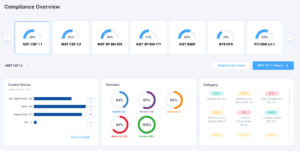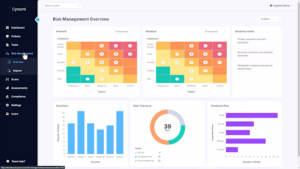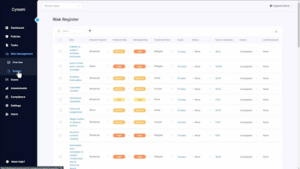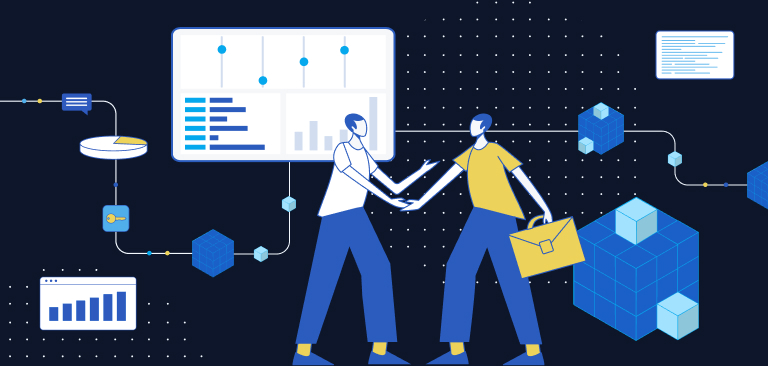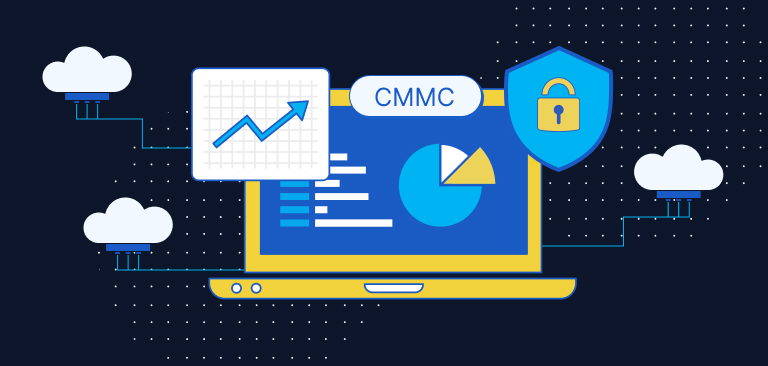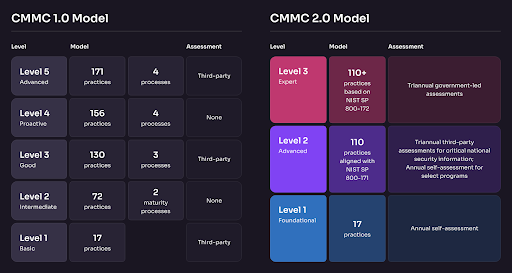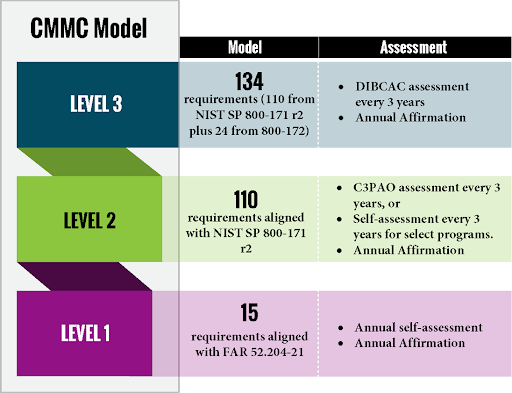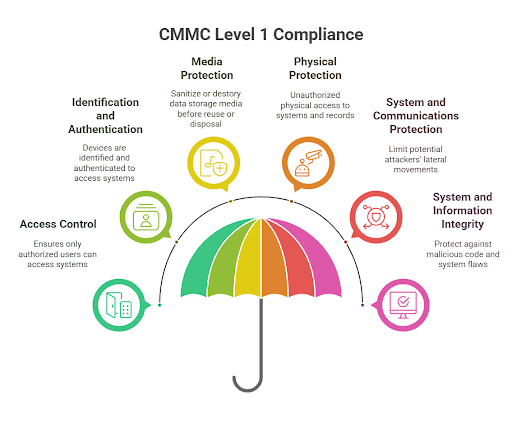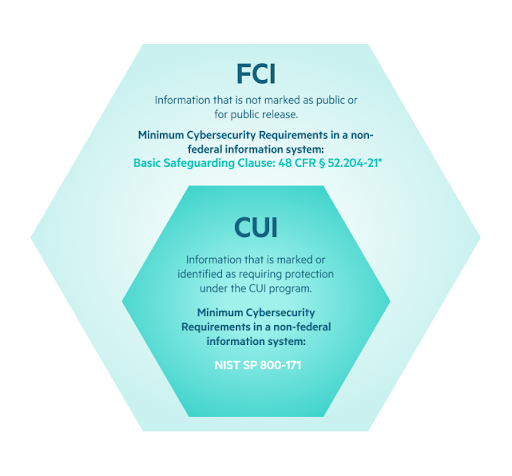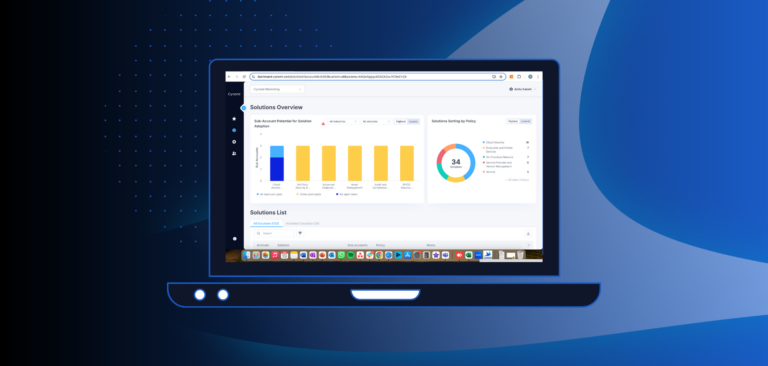
As more businesses outsource their IT and cybersecurity operations, service providers are expected to deliver not only strong protection but also alignment with recognized standards. NIST (National Institute of Standards and Technology) frameworks offer a powerful foundation for building secure, scalable programs. However, for MSPs and MSSPs, using NIST as the basis for a security strategy can be anything but straightforward.
In this blog, we explore the top three challenges service providers face when designing a security strategy using NIST – and how to overcome them. Whether you’re just getting started or expanding your compliance services, these insights will help you streamline your approach, avoid duplication, and better serve your clients.
Plus, don’t miss our Step-by-Step Guide to Compliance with NIST for Service Providers, designed to help you implement compliance best practices, streamline your processes, and maintain long-term security maturity.
Challenge #1: Choosing the Right NIST Framework
One of the first – and most confusing – challenges service providers face when building a security strategy with NIST is figuring out which framework to use. NIST publishes several frameworks, each tailored to different industries and use cases, with hundreds of controls spread across various domains.
For instance, the NIST Cybersecurity Framework (CSF) is designed for general business use and offers a broad set of best practices suitable for most organizations. NIST SP 800-53 is the most comprehensive, originally developed for U.S. federal agencies, and includes an extensive library of security and privacy controls. NIST SP 800-171 targets government contractors managing controlled unclassified information (CUI), while NIST SP 800-66 is aligned with HIPAA and is commonly used by healthcare providers.
In reality, most businesses need to comply with multiple frameworks due to overlapping legal, regulatory, and contractual obligations. That’s where things get complicated. Many service providers attempt to manage this complexity using GRC platforms or spreadsheets, leaving them to sort through frameworks manually, deciphering overlapping controls and trying to ensure that tasks aren’t duplicated—often across five or more standards.
Tip: Start with CSF
If you’re unsure where to begin, NIST – CSF is a smart default. It’s comprehensive enough to build a robust security program and flexible enough to expand into more specific frameworks later – without duplicating work.
Challenge #2: Translating Standards into Actionable Tasks – And Avoiding Duplicate Work
Even after choosing the right framework(s), many service providers get stuck trying to figure out what to actually do. NIST frameworks provide guidance, but they don’t cover every edge case or tell you exactly how to implement controls in your unique environment.
For example, a control might specify that passwords must be a certain length. But what if a client’s system doesn’t support that exact requirement? NIST gives you the “ideal” standard, but not all real-world environments can meet that standard perfectly. Service providers have to use judgment to apply those standards in a way that balances security, practicality, and client constraints.
Translating NIST controls into actionable tasks is a highly manual process that demands time, expertise, and interpretation. Providers have to read through each control, determine its relevance, and build task lists from scratch. When multiple frameworks are involved – like HIPAA, PCI, and NIST CSF – the complexity multiplies. Many controls overlap, but without a centralized, automated approach, teams often end up recreating the same tasks multiple times across frameworks.
This leads to duplicated work, missed dependencies, inconsistent execution, and a growing pile of manual effort that slows progress and increases risk. For resource-constrained teams, this inefficiency can be the difference between a scalable security program and one that stalls out.
Tip: Automate
Platforms like Cynomi address this challenge by automatically translating NIST frameworks into clear, actionable tasks and mapping them across all applicable standards. When you complete a task, your progress is instantly reflected across every relevant framework – eliminating the need for manual interpretation or duplicated effort. You get precise guidance on what to do, why it matters, and how it strengthens both compliance and your overall security posture.
Challenge #3: Shifting from “Compliance Project” to Ongoing Security Program
One of the biggest challenges service providers face with NIST isn’t technical – it’s a mindset. Many approach NIST as a project to complete: a checklist of tasks to be 100% aligned with, so they can declare the job “done.” But that’s a fundamental misunderstanding of what NIST is.
NIST isn’t a legal requirement or a compliance certification – it’s a framework for continuous security management. It’s not designed to be “completed.” Instead, it helps organizations consistently monitor, improve, and mature their security posture over time.
That’s where the disconnect happens. Compliance, by definition, is a point-in-time assessment: once you pass your audit, you’re done – until the next one. But security doesn’t work that way. Threats evolve, systems change, and what was secure today might not be tomorrow. NIST is built for that reality. It’s not about getting through a list of 100 controls – it’s about building a repeatable, adaptive process that improves over time.
Unfortunately, many service providers still treat NIST as a one-time goal rather than an ongoing method. They attempt to tackle everything at once – often burning through time, budget, and resources – while overlooking the bigger picture: true security maturity is a continuous cycle of planning, execution, review, and improvement.
They often rely on general project management tools to track tasks but are left to manually determine task dependencies, align them with the right frameworks, and figure out which framework should drive the overall strategy. This fragmented approach makes long-term, consistent progress difficult to sustain.
Tip: Shift your mindset from “one and done” to “always improving.”
NIST is not the goal – it’s the method that gets you there. Build a system that supports ongoing planning, monitoring, and adaptation to keep your security program evolving over time.
With platforms like Cynomi, service providers can build long-term, flexible security plans aligned with NIST principles. Tasks can be organized into short-, mid-term, and long-term priorities. Recurring tasks, progress tracking, and automated updates help teams stay on track without burning out. It’s not about doing everything at once – it’s about doing the right things consistently.
Challenge #4: Limited Budgets and Resources
Achieving and maintaining compliance often requires a significant investment in security tools, skilled personnel, and ongoing monitoring. However, many service providers operate with tight budgets and lean teams, making it difficult to allocate resources efficiently. As a result, compliance efforts are often delayed, overspending becomes a risk, and teams are forced to rely on manual processes that consume time and energy.
One common pitfall is overestimating what’s needed—particularly when it comes to tools. Many providers assume they need to buy expensive solutions for every requirement without fully understanding the underlying security problem they’re trying to solve. In reality, not every control requires a tool. Sometimes, the most effective fix is a policy update, process change, or basic best practice. Without clarity on what each task is addressing, it’s easy to misallocate the budget toward unnecessary or misaligned solutions.
Tip: Don’t default to buying a tool for every requirement.
Start by understanding what the task is trying to achieve – then find the simplest, most effective way to get there. With the right insight, you can do more with less.
Platforms like Cynomi help address this challenge by offering context-aware, prioritized guidance. Tasks in the platform are mapped to relevant frameworks and controls and include a built-in “Recommended Solution” feature. Cynomi recommends categories of solutions that align with each requirement, helping service providers identify practical, cost-effective ways to meet controls without unnecessary spending or overcomplicating their approach.
Challenge #5: Continuous Monitoring and Adaptation
NIST frameworks are not static – they evolve regularly to reflect emerging threats, new technologies, and shifting best practices. Keeping up with these changes is an ongoing challenge for service providers, especially those without dedicated compliance staff. Frequent updates, combined with limited resources, can make it difficult to maintain continuous compliance. Without a structured system in place, staying aligned with NIST can quickly become a reactive effort rather than part of a proactive security strategy.
Maintaining alignment requires more than just checking boxes. It involves regularly reviewing and updating policies, training teams to stay current on security practices, and continuously monitoring adherence to the latest standards. Doing this manually can be overwhelming and time-consuming, often leading to delays, gaps, or last-minute scrambles before audits.
Tip: Automate
Platforms like Cynomi simplify this process by automatically updating regulatory mappings as frameworks evolve. As soon as changes occur, the platform updates all related tasks and plans – so service providers always stay aligned without the need for manual tracking or intervention.
Design Your NIST-Based Security Strategy with Cynomi
Designing and managing a NIST-based security strategy for your clients doesn’t have to be complex or resource-intensive. Cynomi’s AI-driven vCISO platform helps service providers address the biggest challenges of working with NIST – turning standards into action, continuously managing tasks, and keeping up with constant change.
Cynomi streamlines the entire process, enabling you to build scalable, repeatable security programs rooted in NIST best practices. Here’s how:
- Automatic translation of NIST frameworks into actionable tasks: Understand exactly what needs to be done – no manual interpretation required.
- Cross-mapping of tasks across multiple frameworks: Complete a task once and apply it to all relevant frameworks (e.g., NIST CSF, HIPAA, PCI, and more).
- Recurring and prioritized task and plan management: Support continuous improvement with recurring tasks and structured progress tracking. Organize tasks into short-, mid-, and long-term plans to build a realistic, phased security roadmap.
- Built-in “Recommended Solution” guidance: Get cost-effective, category-based recommendations for each task, helping you make smart decisions without overspending on unnecessary tools.
- Automated updates with evolving standards: Stay aligned with the latest changes to NIST and other frameworks without manually tracking or updating anything.
With Cynomi, service providers can turn NIST into a living, adaptable strategy – reducing complexity, increasing efficiency, and proving value to clients through measurable progress.
Ready to simplify your NIST journey?
Learn how Cynomi can help you streamline your clients’ compliance journey. Book a demo today.
